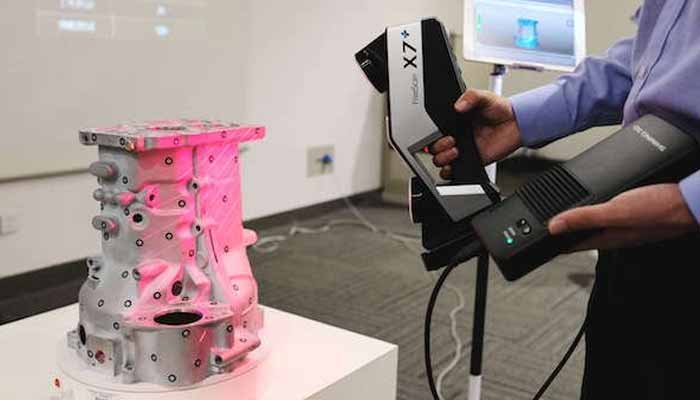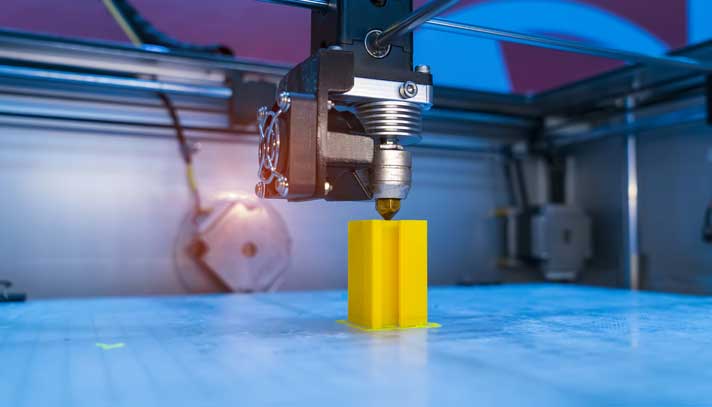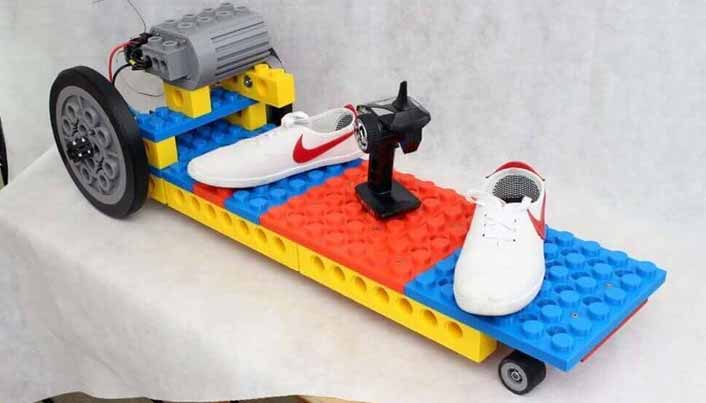Depending on the type of scanning solution you choose, 3D laser scanners can do many things. There are handheld scanners and long-range laser scanners. Both can scan large objects, while handheld scanners are ideal for capturing small elements. A 3D model captured by a laser scanner can then be processed in scan processing software, converted to a CAD file, and then compared to an original CAD model to determine if there are any parts that are out of tolerance.
Structured light
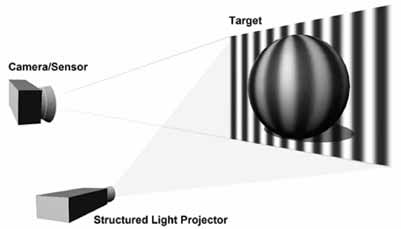
One of the most important differences between a regular 3D laser scanner and a structured light scanner is the amount of time each one takes to complete the process. While a regular laser scanner is suitable for home use, industries are likely to prefer structured light scans because of their speed and versatility. For example, 3D selfies are made by scanning a person’s face, uploading it to CAD software, and printing it out as a statuette. A business making 3D selfies should invest in a structured light scanner. They can obtain finer details than a typical laser scanner, which is often required for a 3D printing process.
Phase-based
Phase-based 3D laser scanners use a technique called phase-shift to measure the distance between two points in a scene. The difference in time between the sent and received laser light waves determines the distance between two points. This method is especially useful for complex contiguous geometries. Time-of-flight laser scanners are typically limited to a 120-meter range, while phase-based scanners are more versatile, enabling them to scan objects up to three hundred meters away.
TOF
The TOF of 3D laser scanners differs from stereo vision in several important ways. This type of technology extracts distance information directly from output signals, without the need for a base line. Unlike stereo vision, which requires complex correlation algorithms, TOF systems require only a small amount of processing power. The resulting data can be used for object detection. TOF systems typically have a resolution of four to ten millimeters.
Portable
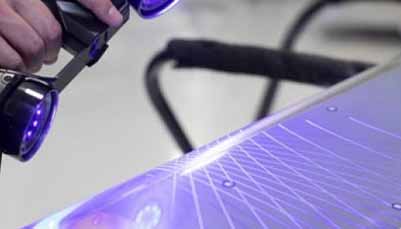
A portable 3D laser scanner is a small machine that allows you to create 3-D models of almost anything, from sculptures to furniture. The scanners project structured light patterns on a target to obtain accurate information about it. These patterns can be traditional geometric patterns or parallel grids. In some cases, you can even add an external reference scale to the scanner. You can learn more about these devices on the Engineer page. In this article, we’ll go over the advantages of portable 3D laser scanners.
Conclusion:
A long-range 3D laser scanner is the best choice for surveying and 3D documentation because it allows for accurate measurements within minutes. These types of laser scanners eliminate the risk of human error by capturing accurate data in areas that are difficult to reach with traditional methods. The following are some of the advantages of long-range 3D scanners. Read on to discover how these devices can improve your measurements. Listed below are some examples of the many industries where these scanners are used.

